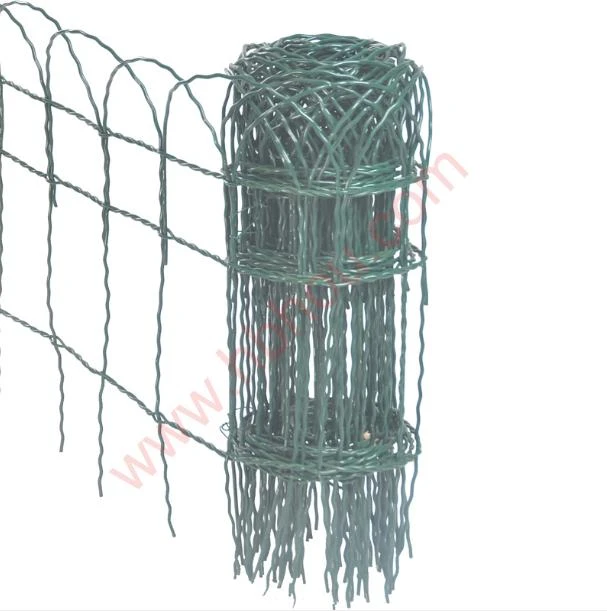Setting Fence Posts in Sandy Soil A Comprehensive Guide
When it comes to setting fence posts, the type of soil can significantly impact the durability and stability of your fence. Sandy soil, characterized by its loose, granular texture, presents unique challenges compared to clay or loamy soils. However, with the right techniques and preparation, you can effectively install fence posts that will stand the test of time.
Understanding Sandy Soil
Sandy soil consists of larger particles that allow for excellent drainage but lack the cohesion of finer soils. This means that while it dries out quickly after rain, it also provides less support for structures such as fence posts. Consequently, installation techniques must be adapted to accommodate the specific characteristics of sandy soil.
Preparing for Installation
1. Choose the Right Posts Selecting the appropriate type of post is crucial. Treated wood posts are a popular choice due to their resistance to rot; however, metal and composite posts can also be effective options. The height and thickness of the post should align with the planned height of your fence and the environmental conditions of the area.
2. Digging the Holes When digging post holes in sandy soil, it's important to ensure that they are deep enough to provide stability. A general rule of thumb is to bury at least one-third of the post's length. For example, a 6-foot post should have a hole that is at least 2 feet deep. Use a post hole digger or auger to create holes that are wider at the bottom than the top. This tapered shape, known as a bell-shaped hole, offers additional support as the post is inserted.
3. Setting the Posts After digging the holes, place the posts in them and ensure they are vertical using a level. In sandy soil, posts can easily shift, so it’s essential to secure them properly. One effective method is to use quick-setting concrete. Mixing concrete with water according to the manufacturer’s instructions will create a solid base around the post.
setting fence posts in sandy soil

4. Backfilling with Care Once the post is placed, backfill the hole with the sandy soil initially, then add the mixed concrete around the post. Ensure that the concrete is evenly distributed and packed down to avoid air pockets, which could weaken the setting. It is advisable to leave some of the concrete above ground level to help protect the post from moisture accumulation.
Additional Techniques for Stability
1. Use a Gravel Base Before placing the post, adding a few inches of gravel at the bottom of the hole can improve drainage and stability. This layer will help to prevent the post from sinking or shifting over time.
2. Implement a Bracing System For additional support, especially for taller or heavier fences, consider using braces. Diagonal braces connected from the post to the ground can prevent movement while the concrete sets and provide ongoing stability.
3. Regular Maintenance Once your fence is installed, conduct regular inspections. Check for any signs of shifting or settling and make repairs as necessary. Keeping vegetation around the posts trimmed can also help mitigate moisture retention that might compromise the posts long-term.
Conclusion
Setting fence posts in sandy soil can be challenging, but proper planning and execution can lead to a strong and lasting fence. By selecting the right materials, digging deep and wide holes, using quick-setting concrete, and utilizing additional stabilization methods like gravel and bracing, you can create fences that withstand the rigors of nature. Regular maintenance will ensure that your fence remains robust for years to come. With a little effort and attention to detail, your fence will not only serve its purpose but also enhance the beauty and functionality of your outdoor space.
















